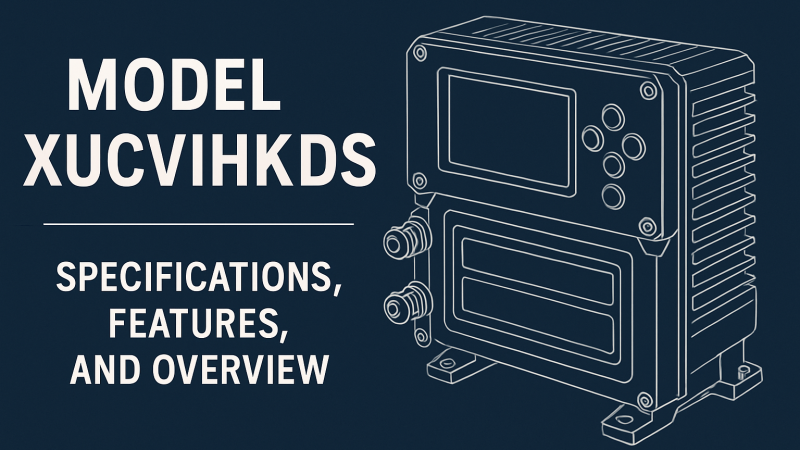What Is the Supply Chain Management Process in 2021?

Supply chain management (SCM) denotes all the processes in moving a product from its origin (probably in raw material form) to the end consumer. The process involves sourcing materials, warehousing, product planning, inventory management, and production management. The design, control, planning, execution, and monitoring of supply chain activities leverage world logistics, measures performance globally and improves infrastructure. Interestingly, the success of a supply chain largely depends on the supply chain management process steps and how they are handled. Peer into this article and learn about these steps as of 2021.
Supply chain management process
The SCM process involves planning (strategic, demand, and supply), procurement, warehousing, manufacturing, transportation and distribution, and end consumption. There process results in the following steps;
1. The strategic supply planning process
This process comprises strategic supply chain planning design and strategic sourcing. In strategic supply chain design, the planning data is used to design, evaluate, and optimize the supply chain for the SCM applications. This means that the SCM applications are defined beforehand and, in this step, set, analyzed, and optimized. All stages of the supply chain, including products and logistics, are screened using the model. The strategic sourcing stage is all about identifying potential suppliers with whom to engage in strategic relationships. Here, purchasing power and performance statistics become handy in selecting who for what.
2. Demand planning process
Just as the name suggests, this stage is all about giving demand in the supply chain attention. The team focuses on planning forecasting, lifecycle, promotion, and consensus demand. In forecast planning, human judgment, statistical methods, and data simulation are used to predict the future based on past data. Various forecasting methods are used here to generate data that is then used to analyze an item from the cradle to the grave (life cycle). Since strategic events for promoting products, such as adverts and contests, will definitely form part of the supply chain. They are planned at the promotion planning stage. Consensus demand planning is the last step of the demand planning process and synchronizes all the in process 2.
3. Supply planning process
This supply chain management process deals with the safe stocking of supplies, supply network planning, distribution, outsourcing, and the collaboration of customers and suppliers. While the safety stock stage deals with safely delivering products to their destinations, supply network planning deals with working out the desired quantities of products to be delivered and matching the demand and supplies to limit the chances of having backlashes and dead stocks. In distribution planning, the team identifies the best short-term means to use while allocating supplies. Still, outsourcing planning deals with subcontracting just in case the main supplier fails. Customer and supplier collaboration ensures partial distribution rights are given to vendors at the customer level, and the supplies are steadily received as per the demand.
4. Procurement process
This is the fourth stage/process of the supply chain management process steps, and it is quite important in the supply chain. It denotes when orders are received and processed, receipts are confirmed, and the invoices are verified. In purchase order processing, the supply chain sources orders, processes, and issues them. For the receipt confirmation stage, the responsible department informs the other departments about the quantity of the purchases, their receipt, and confirmation. Then comes the invoice verification stage that receives invoices and confirms that the details are ok.
5. Manufacturing process
This stage is broken into two steps; production scheduling and manufacturing execution. The production scheduling part uses time frame and sequence algorithms to assign production orders to the resources available in the supply chain. The process does not happen haphazardly and relies on detailed scheduling since it involves resource utilization. In supply chain management, controlling costs and flows is critical. At the manufacturing execution stage, these areas are taken care of when the manufacturing information is captured and synched into the system. This ensures the sustainability of the entire supply chain.
6. Warehousing process
This stage of the supply chain management process takes care of inbound and outbound products, cross docks, warehouse operations, and physical and storage inventories. In inbound processing, outsourced goods are screened, while in outbound processing, processed goods begin their transportation to destinations. Some merchandise is received in the warehouse from receipt and put on transit without storage, and these are handled by cross-docking processing. All internal good handling operations are handled by warehousing operations. Physical inventory runs any activity needed in the physical inventory management.
7. Order fulfillment process
This stage comes almost at the end of the supply chain management process steps, and it is equally weighty for the supply chain. It involves two steps; sales order processing and billing business process. In sales order processing, sales orders are received, priced, and scheduled for delivery. Billing handles all the activities in preparing invoices and waiting for the incoming payment. At this stage, estimates are also prepared, sent, and converted to actual invoices upon approval.
8. Transportation process
At this stage, the supply chain plans for transportation, executes transportation, and manages freight costing. In transportation planning, the responsible team analyzes transportation data and uses it to create an optimized and viable system for the supply chain. The transportation execution stage majorly deals with shipments. It involves everything from when the shipments are prepared, dispatched, and monitored till the point of delivery. Because freight costs will vary from time to time depending on the prevailing circumstances and the local and international laws, having a system that works out the cost is essential. And that’s exactly what the freight costing stage does.
Conclusion
Supply chain management denotes all the processes involved from when a product comes into existence to when the end consumer has it. Successfully managing a supply chain means the success of the globe and infrastructure leveraging. Besides, performance metrics can be used to gauge progress. To do all these, the supply chain management process steps come in. Learn about these steps and their implications on the supply chain.






